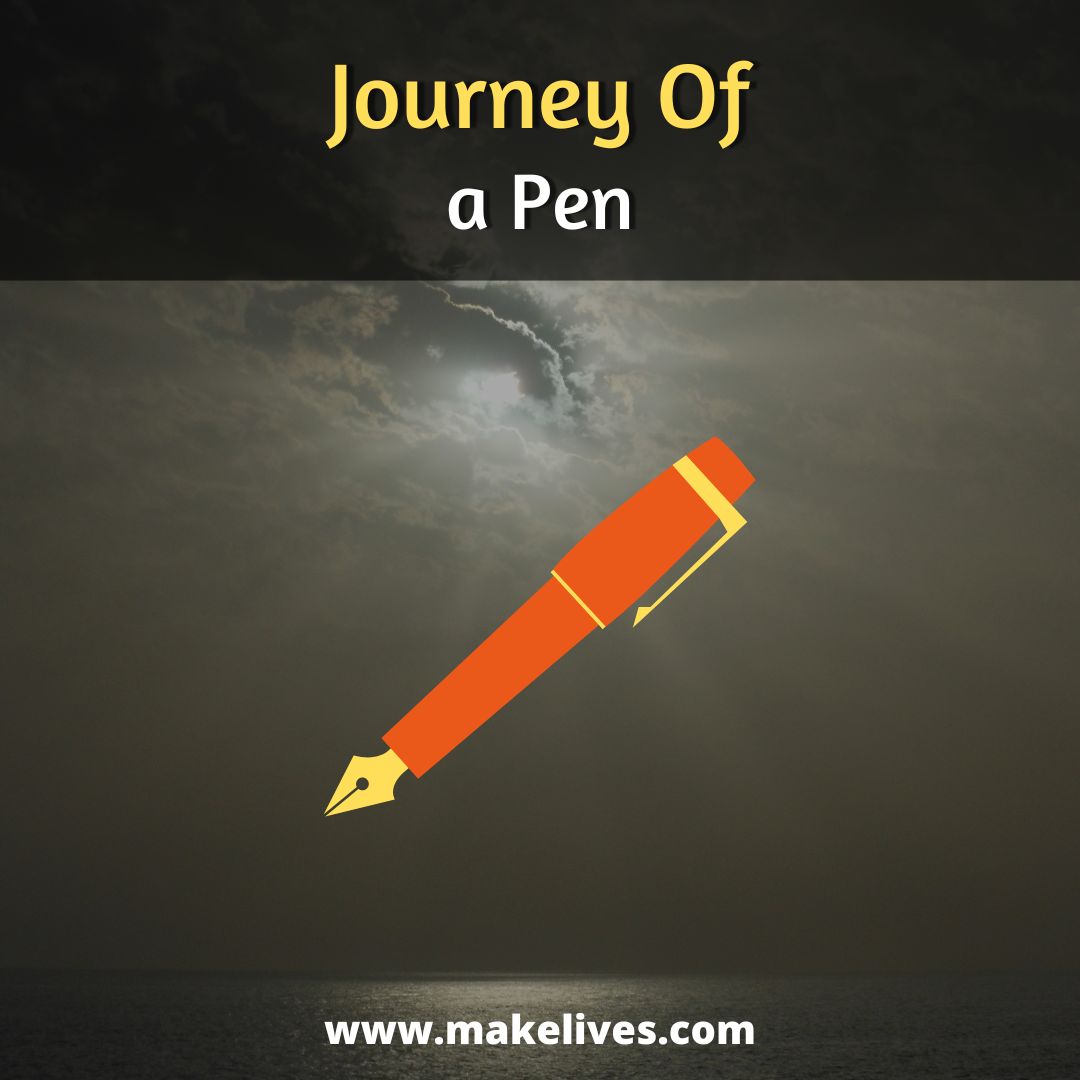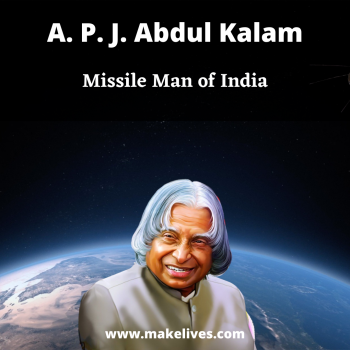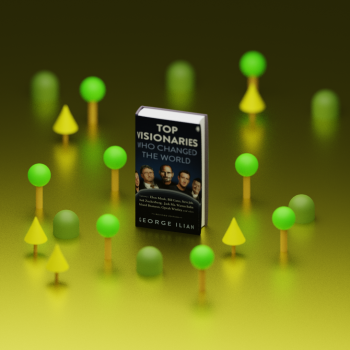The pen symbolizes human ingenuity and the never-ending quest for better writing implements. This article takes you back to the innovation that changed how we write forever: the world's first pen.
Since prehistoric times, people have needed to identify their surroundings somehow. Sharpened rocks or sticks were the first writing instruments, and they were used to scratch symbols onto cave walls, and animal hides. However, the utility and longevity of such ancient implements were severely constrained.
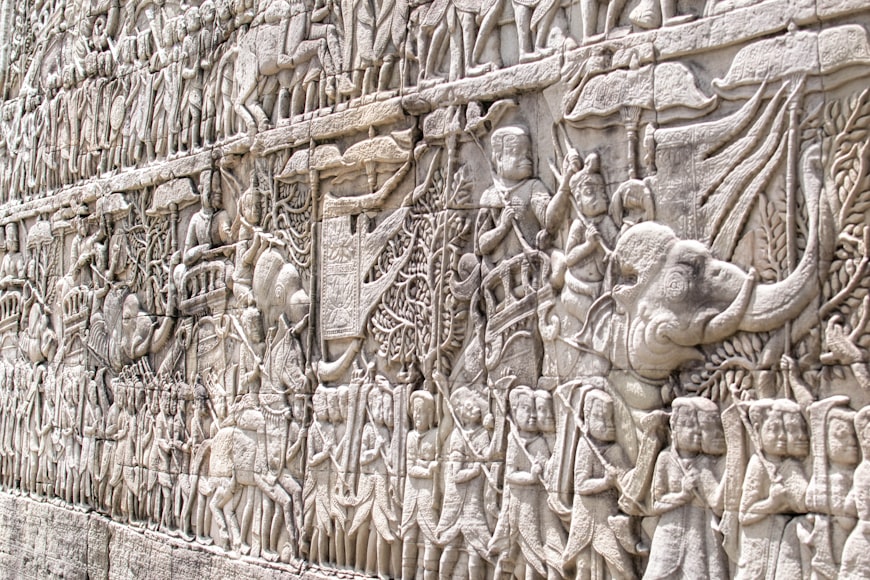
The evolution of writing implements has a long and storied history in ancient India. The Rigveda, one of Hinduism's earliest sacred books, mentions a stylus called a "Likhitaka." Leaves or bark might be inscribed with characters using this stylus. There was an early development of writing tools in the area, as evidenced by the "Mushala," a reed pen dipped in ink, being mentioned in the ancient Indian epic, the Mahabharata.
The Romans made fundamental advances in the development of writing implements. These people first used the "Calamus," a quill or hollow reed pen. The calamus made writing easier to control and more flowing. The inconvenient need to constantly re-ink these older pens was a significant drawback.
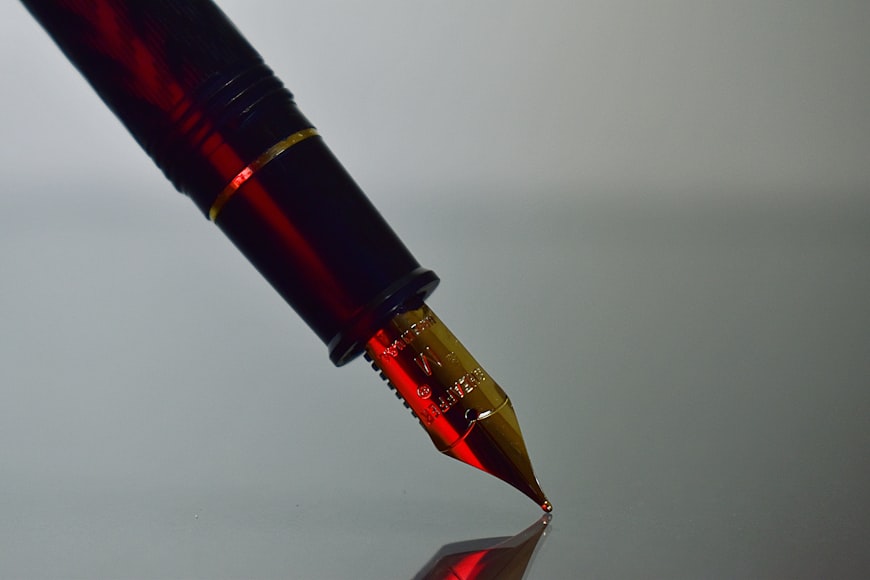
The true revolution in writing instruments occurred during the 10th century in the Islamic world. The first functional fountain pens, which contained ink within the barrel and released it via a nib, were introduced by inventive minds. This breakthrough made it possible to write without stopping to re-ink the pen at regular intervals. These first fountain pens were gravity-controlled and used quills or metal nibs.
Pens went through a radical transformation in the 19th century. Bartholomew Folsch patented the first practical fountain pen in 1809. But it was Lewis Waterman who, by developing a reliable mechanism to control ink flow, ultimately popularised the fountain pen. The air hole and capillary feed method that Waterman introduced improved the reliability and usability of fountain pens everywhere.
Another significant change in writing implements came around the middle of the 20th century with the introduction of the ballpoint pen. The first commercially viable ballpoint pen was patented in 1938 by Hungarian-Argentine writer Laszlo Biro. A little rotating ball replaced the nib of a fountain pen in the ballpoint pen, which discharged ink. This new technology made writing easier and more consistent, no matter the surface.
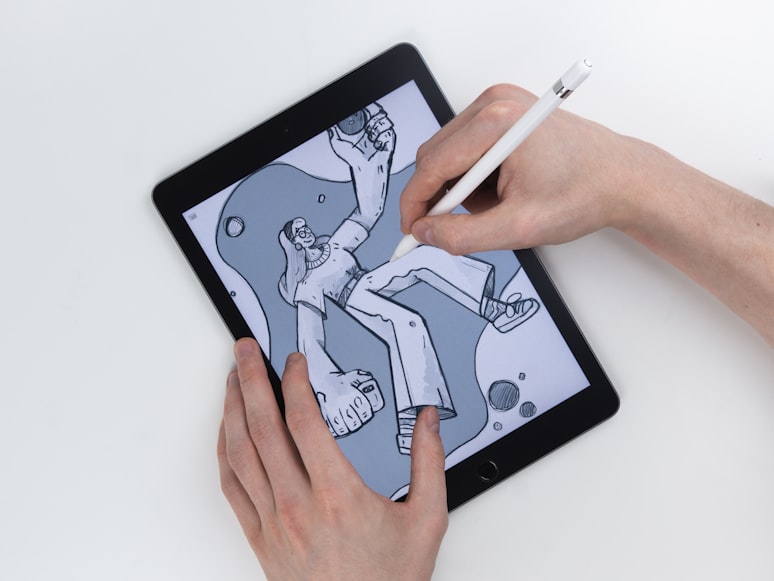
Pens' importance in daily life has decreased as computers and other digital devices have increased. They, however, continue to serve a useful purpose. They continue to perform vital functions in areas such as self-expression, the arts, and even some fields of work.
The history of the first pen is illustrative of humanity's drive to improve its means of communication by testing out new ideas and methods. Writing implements have come a long way, from sharpened rocks and reed to the complex mechanisms of today's pens. An interesting new dimension has been added to the evolution of the pen by Ancient Indian contributions and references in legendary texts. Even with the proliferation of digital devices, pens still have a unique position in our lives.
Comment
